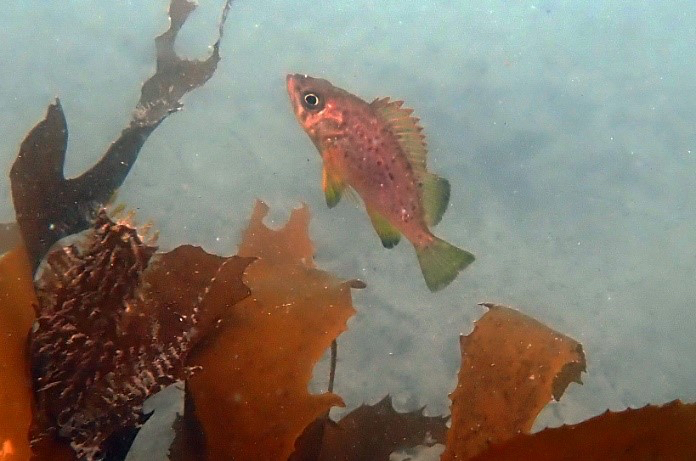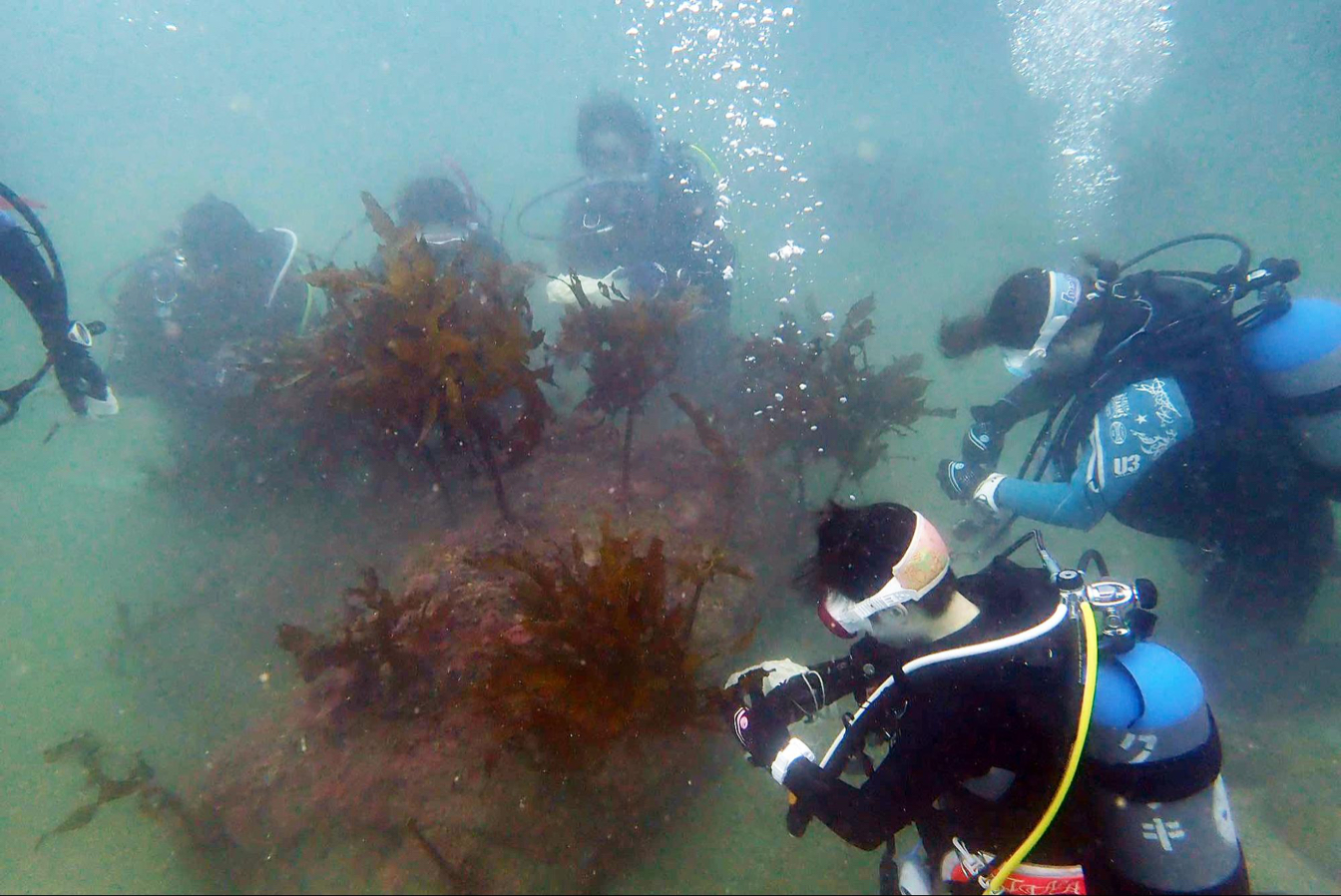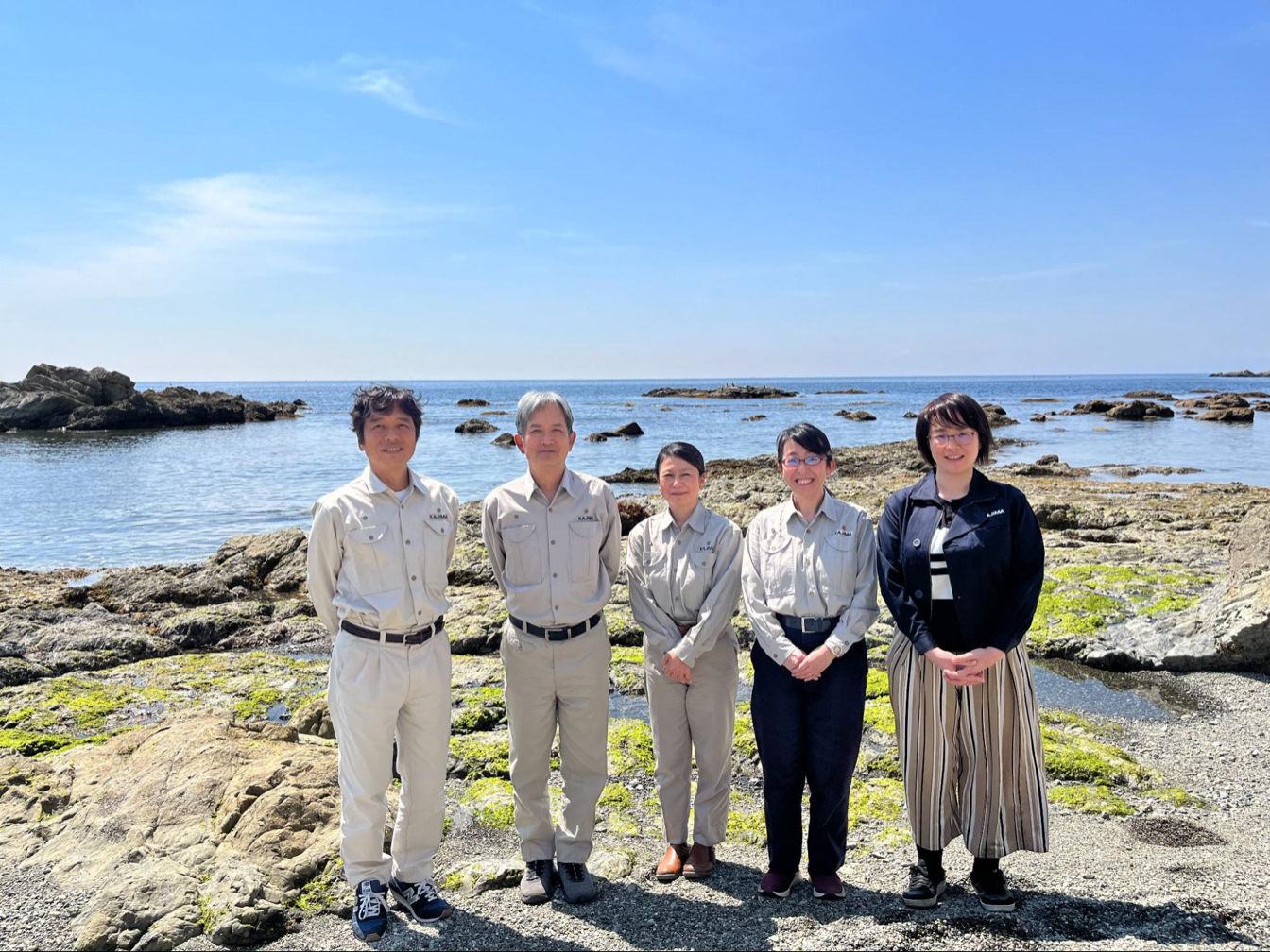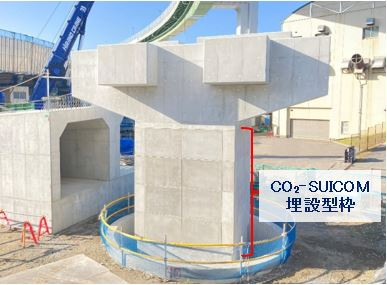JSTORIES ー 海藻等的海洋植物在光合作用過程中吸收二氧化碳(CO₂),並儲存於海洋中。這些海洋植物繁茂生長的區域被稱為「海中森林」,其所儲存的碳稱為「藍碳(Blue Carbon)」。與森林吸收的陸域碳「綠碳,Green Carbon」相比,藍碳能更快速且大量地吸收 CO₂,因此被視為實現脫碳社會的重要手段之一。
扮演藍碳生態系的關鍵角色非常多元。例如沿岸水深兩米所生長的海草類(大葉草 Zostera marina),熱帶地區的紅樹林(Mangrove),以及深海中生長的如裙帶菜(ワカメ)、昆布(アラメ)、褐藻(カジメ)等大型海藻,都是海洋藍碳循環的重要貢獻者。尤其是生長速度快的大型海藻,對於增加藍碳碳匯量的影響尤為顯著。此外,沿海濕地與潮間帶(如泥灘與鹽沼)也在碳匯發揮著重要作用。

然而,近年來,由於全球暖化導致海水溫度上升,海草與海藻生長的藻場(もば)衰退現象日益顯著。如何恢復這些可能消失的藍碳吸收能力,已成為全球關注的議題。在這樣的國際危機感之下,日本政府與企業正積極展開跨領域合作,以推動藍碳生態系的再生。
為了恢復消失的藻場,鹿島應用了「自由配偶體技術(フリー配偶体技術)」,這是一種利用預先採集的母藻,在燒瓶內保持浮游狀態以增殖其配偶體(相當於海藻的種子)的培養方法。透過此技術,鹿島成功確立了從配偶體大量培育昆布(アラメ)幼苗的方法。這種技術不同於直接移植幼苗或散布孢子的傳統手法,而是能夠在原本完全消失的藻場中重建海藻生態,為藍碳再生提供全新的可能性。

該研究所透過此方法成功再生了昆布(アラメ)藻場。數個月後,研究人員確認到黑鮶魚(メバル)稚魚在其中棲息,並發現魷魚(イカ)產卵的跡象,顯示出海洋生態正在恢復。

「根據不同地區,海藻的特性各不相同,但只要掌握這些特性,就能夠加以應對。大型海藻廣泛分布於全球,我個人希望這項技術能夠在世界範圍內得到應用。」同研究所上席研究員林布恩肯(Lim Boon Keng)在接受JStories採訪時表示。

在全國各地積極開展行動的同時,也有透過藍碳(Blue Carbon)事業來促進社會貢獻的趨勢。日本藍碳計畫(Japan Blue Carbon Project,東京都板橋區)自2022年起,在釧路西港附近海域推進清除雜海藻等實證實驗。今年5月,該計畫宣布與釧路燃氣(釧路ガス)合作,構思並推動「釧路燃氣昆布森林復育(釧路ガス昆布の森づくり)」事業,並已展開實證實驗。昆布不僅能促進藍碳生態再生,還能為魚類提供產卵場所,因此該計畫也被寄望能夠促進漁業發展。
隨著藍碳(Blue Carbon)活動的興起,J-Blue Credit(J 藍碳信用)迅速受到關注。與由政府運營、專注於森林保護的J-Credit(J 碳信用)制度不同,J-Blue Credit是由民間組織發行的自願性碳信用(Voluntary Credit),但參與的創建業者與購買者均在快速增加,市場需求日益擴大。

此前提及的鹿島技術研究所葉山水域環境實驗場也是葉山海草(アマモ)協議會的成員之一,該協議會已獲得J-Blue Credit(J 藍碳信用)的認證。林布恩肯(Lim Boon Keng)表示:「我個人認為,藍碳活動在5年、10年後將發展成更大規模的行動。在此之前,我們希望能進一步提升技術水準。」
撰稿:嵯峨崎文香 編輯:北松克朗
封面照片:鹿島 提供
關於本篇報導的查詢,請聯繫:jstories@pacificbridge.jp
***
本篇報導的英文版請點此查看。




_bigthumbnail.jpeg)














![[PODCAST] 如何打造成功的新創企業社群(第2集)](https://storage.googleapis.com/jstories-cms.appspot.com/images/1748493203370business-man-holding-light-bulb-social-network-2024-10-31-22-37-36-utc_smallthumbnail.jpg)


